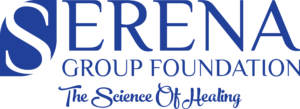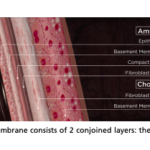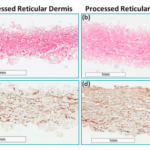
Use_of_a_Novel_Epidermal_Harvesting_System_in.99973
ABSTRACT: The 2010 earthquake in Port-au-Prince, Haiti, highlighted the need for wound care in resource-poor countries. Subsequently, the University of Miami in Florida established one of the first interprofessional wound care centers located at Bernard Mevs Hospital in the central portion of Port-au-Prince, caring for patients with acute and chronic wounds. In 2012, the authors used a novel epidermal harvesting system (CelluTome Epidermal Harvesting System; Kinetic Concepts Inc, San Antonio, Texas) to harvest epithelium to be grafted on 7 patients at the Mevs Hospital with longstanding wounds. Epidermal microblisters were obtained from each patient’s thigh using the CelluTome Epidermal Harvesting System. After 35 minutes, microblisters were raised using the device harvester, and an adhesive dressing was inserted into the harvester for transfer to the wound site. In patients with lower-extremity wounds, a 2-layer compression dressing was placed over epidermal grafts. Six of the 7 wounds improved or achieved complete closure in 4 weeks. One of the patients with a 2-year-old thigh wound failed to demonstrate improvement; this may have been secondary to an inability to adequately secure the graft. All donor sites healed without any visible scarring. The authors were able to conclude that epidermal grafting may represent a viable reconstructive option for patients in resource-poor countries.
Use_of_a_Novel_Epidermal_Harvesting_System_in.99973-1


